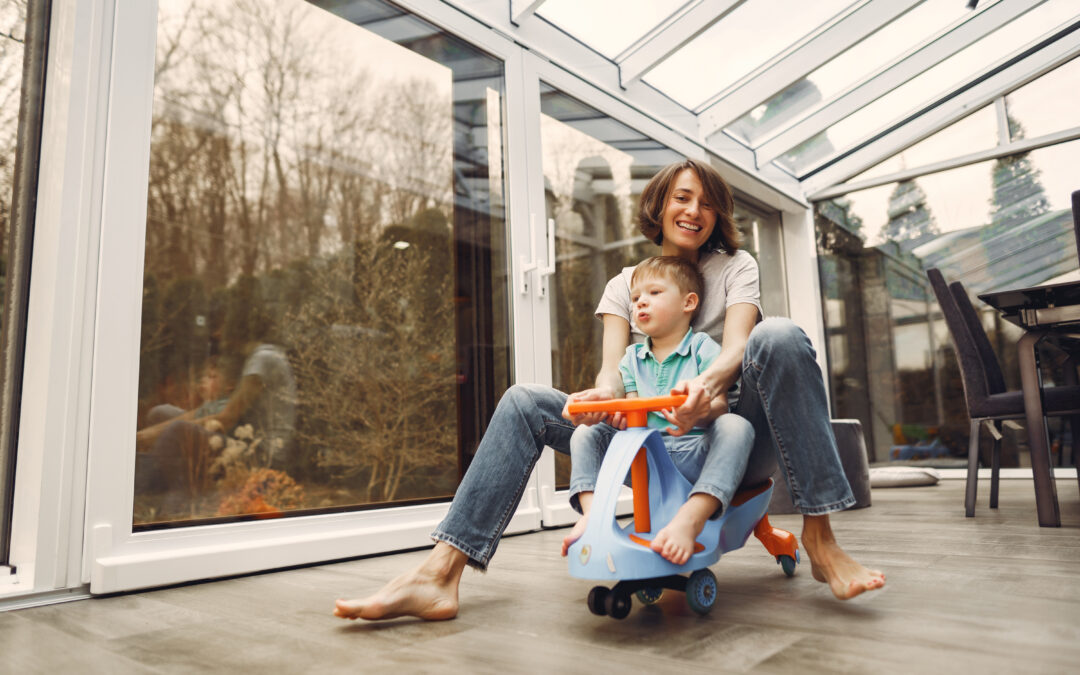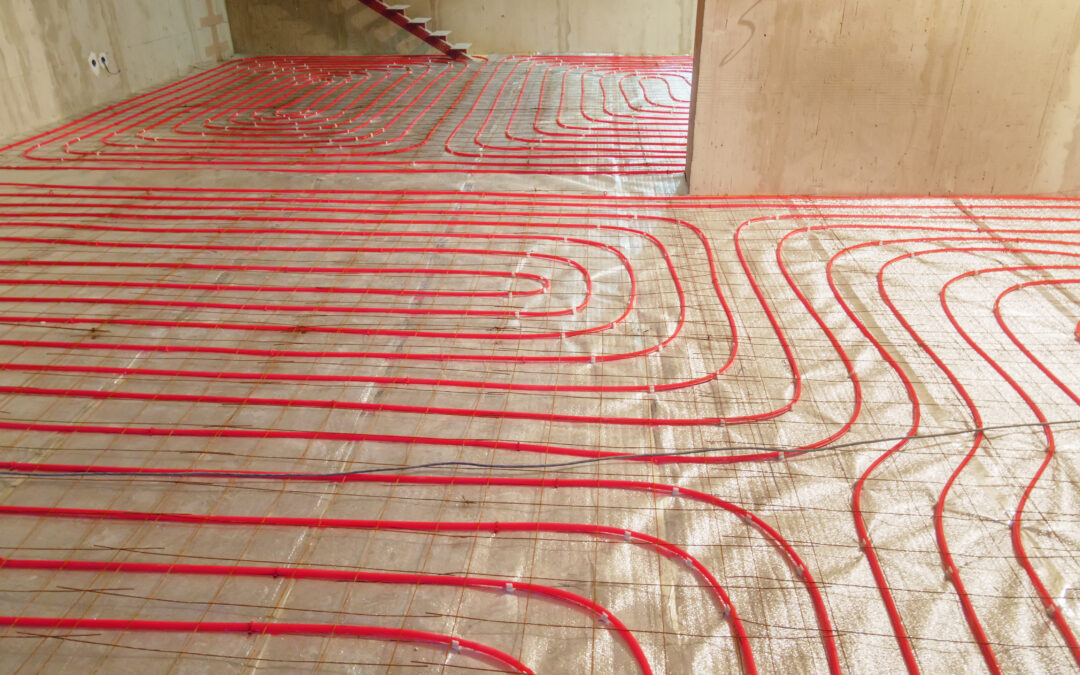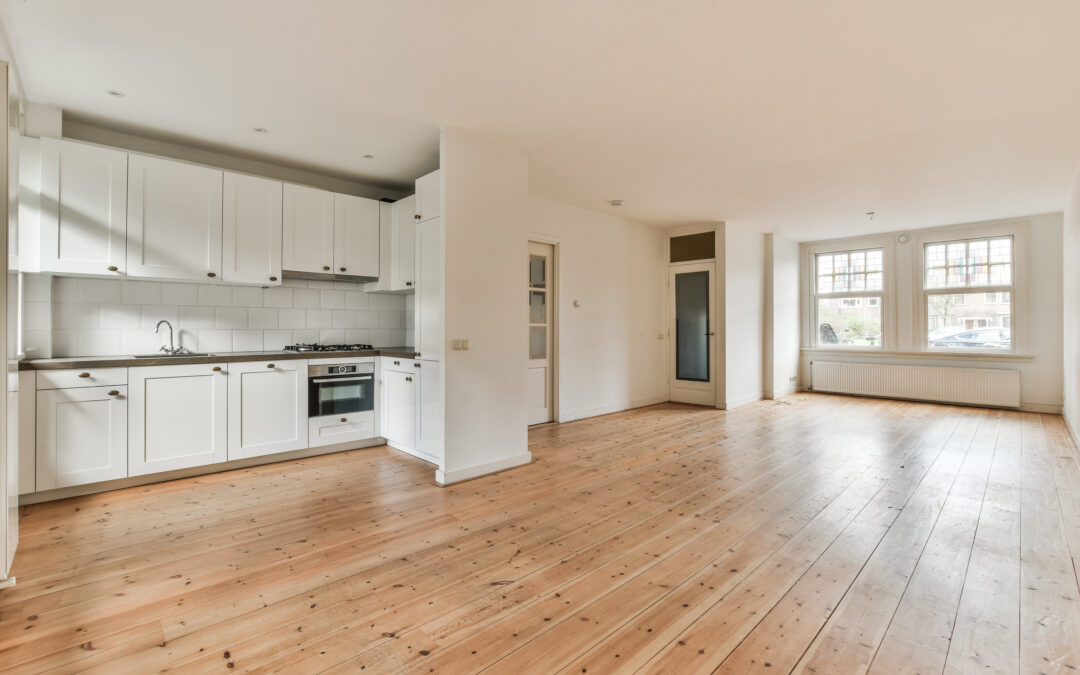Updated 30/08/2023
There’s no question that wood floors are beautiful and timeless. They also work with all décor styles. However, even when you’re very careful, the floors can be damaged. Over time, natural wood floors develop issues with dirt, grit, or even moving furniture across their surface. You’re bound to have scratched floors at some point.
However, it may be possible to repair a scratched floor, depending on how bad the scratches are. Even so, it’s best to avoid scratches when possible.
We’ve put together some tips on how to avoid scratching your natural wood flooring and how to fix some types of scratches that can develop with wood floors.
Prevent Scratches on Wood Flooring
Here are some tips to avoid scratching or damaging your wood floors.
1. Use Felt Pads Under Furniture
Moving furniture on the face of the wood floor can cause scratches and scrapes. However, you can avoid some of these issues by placing felt pads under your furniture.
Felt pads can be used under tables, sofas, chairs, and other furniture to keep scratches from happening in the first place. You may even want to keep a few extra felt pads on hand in case one of the pads becomes lost or damaged.
2. Avoid Furniture with Rollers
Another common issue is that furniture that has rollers, such as a rolling chair, can cause scratches on a wood floor. The scratches may be caused by dirt and grit that build up and become attached to the rollers or casters. When the furniture is moved, the dirt and grit damage the flooring. So, it’s best not to use furniture that has rollers or casters on wood flooring.
If you do have furniture that has rollers, you may want to consider fitting them with caster cups or placing a mat under the furniture to protect the floor from being scratched.
3. Keep Shoes Off Wooden Floors
Another common culprit of damaged wood floors is shoes. Footwear that’s worn outside can contain dirt, grit, small rocks, and other materials that can scratch wood floors. Shoes may also be wet from rain, snow, or ice. If the puddles from the shoes are left on the wood floor, this can also damage the flooring.
Instead of wearing shoes or other footwear in the house, make everyone (including visitors) take their shoes off at the front door. If you have an entryway, this is the perfect area to place boot trays to hold dirty or wet shoes.
It’s also a good idea not to wear anything spiky on wood floors, such as stiletto heels, football boots, or golf shoes. These can all cause scratches on wood flooring.
4. Use Door Mats at the Door
Another way to protect your wood floors is to place door mats in front of doors that lead outside. The mat captures dirt, grit, and more that are on the shoes. They can also absorb water and ice from wet shoes.
Again, make it a rule that everyone coming into your home must remove their shoes. Together with door mats, both of these measures can help reduce scratches on your wood flooring.
5. Clean Floors Regularly
As noted earlier, dirt, debris, small stones, and more can damage wood floors. They can cause scratches or even more serious damage. So, ensuring your wood floors are cleaned regularly can reduce the risk of scratches.
You can use a soft cloth to sweep floors or purchase a vacuum cleaner that’s safe to use on wood flooring. Once you’ve removed the dirt, it’s time to mop the floors. When you mop, be sure to wipe up any excess water to avoid warping the boards of the wood floor.
You can also buy specialised cleaning kits to safely clean oiled or lacquered wood floors. These can be found where wood flooring is sold.
6. Keep the Outside of Your Home Clean
This may surprise you, but keeping the outside of your home clean and tidy can also reduce scratches on wood floors! The goal here is to keep debris and dirt from building up and getting caught in shoes.
Regular sweeping outside the front and back doors can go a long way to reduce scratches on wood floors.
How to Repair Scratches on Laminate Wood-Effect Floors
Laminate flooring is a great choice when you’d like to have the look of wood, especially in high-traffic areas. However, if the flooring is scratched, it’s not possible to sand it or refinish it. The best thing you can do is to avoid damaging this flooring.
However, if the laminate flooring is lightly scratched, you can use a touch-up pen, crayons (the same colour as the flooring), or wax filler sticks (the same colour as the laminate wood-effect floor) to build up the colour until it matches the shade of the flooring.
For planks that have deeper scratches or more extensive damage, it’s necessary to replace them.
Repair Light Scratches on Real Wood Floors
If you have light scratches on real wood floors, it may be possible to fix these. You may be able to buy a special scratch cover from a professional flooring store. This can be used to hide minor scratches, chips, and scuffs on real wood floors. The scratch concealer comes in three different shades, including light, medium, or dark. Just choose the best colour to match your wood flooring.
For damage that goes beyond the surface, it is necessary to first sand the floor to remove the scratches. It’s necessary to choose the right grade of sandpaper for this work. With your sandpaper in hand, rub along the grain of the wood. Don’t rub across the grain. When the scratch is gone, use the wood scratch filler to cover the rubbed area and apply a matching finish.
Summing It Up
These are some of the ways to prevent and repair scratches on your wood or laminate flooring. Always be careful when choosing colours to repair scratches. The key is to match the colour of the flooring as closely as possible. Rub the area to ensure the filler goes into the scratch to fill it completely.
Prevention is always the best thing! So, follow the tips in this article to protect your wood floors from scratches and you’ll have beautiful wood floors for years to come!
If you are looking to get a new floor, be sure to get in contact with us. Our friendly team are always happy to help!
FAQs
Q: Can I use any cleaning product on my wood floors?
A: It’s best to use cleaning products specifically designed for wood floors. Harsh chemicals can damage the finish and increase the risk of scratches.
Q: Are there DIY methods to fix deep scratches?
A: While DIY methods like using walnut meat or vinegar might work for minor scratches, deeper ones might require professional intervention.
Q: How often should I clean my wood floors?
A: Regular cleaning, at least once a week, is recommended to prevent the buildup of debris that could lead to scratches.
Q: Can I prevent scratches completely?
A: While complete prevention is challenging, following preventive measures diligently can significantly reduce the occurrence of scratches.
Q: What if I have antique wood floors?
A: Antique wood floors require special care. Consult with experts to develop a tailored maintenance plan.
Q: Is it okay to use rugs with rubber backings?
A: Rubber-backed rugs can sometimes trap moisture, potentially harming your floors. Opt for rugs with non-slip fabric backings instead.



